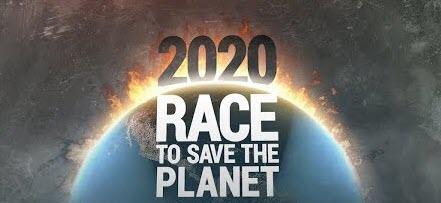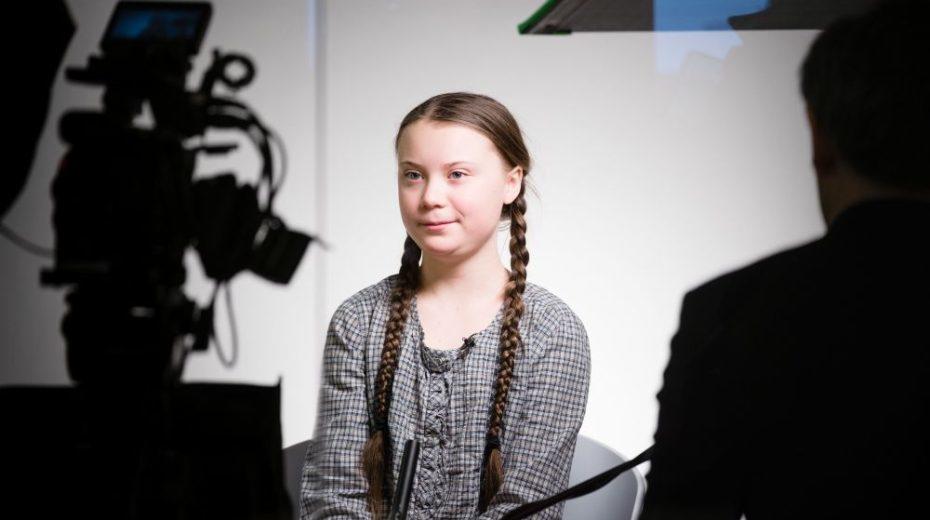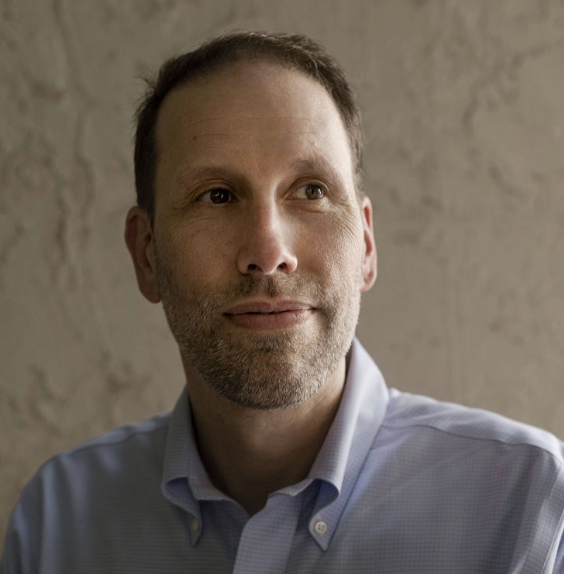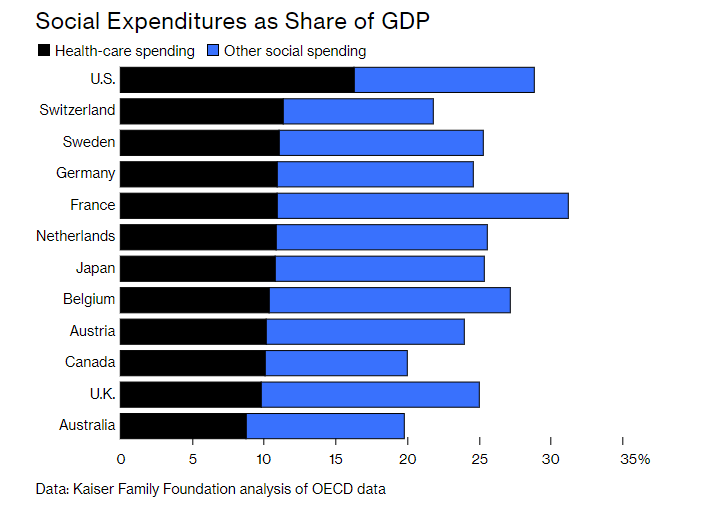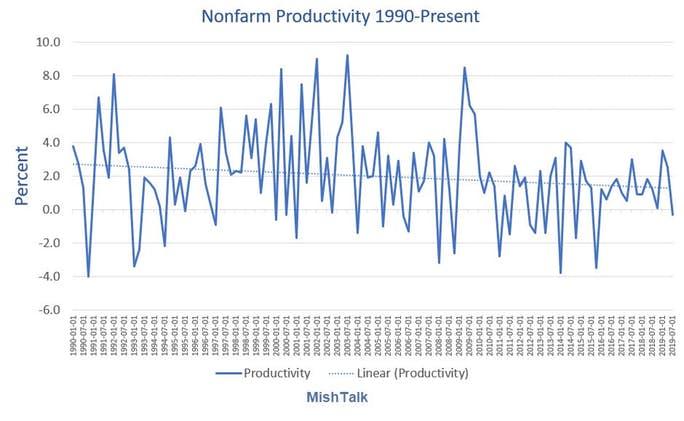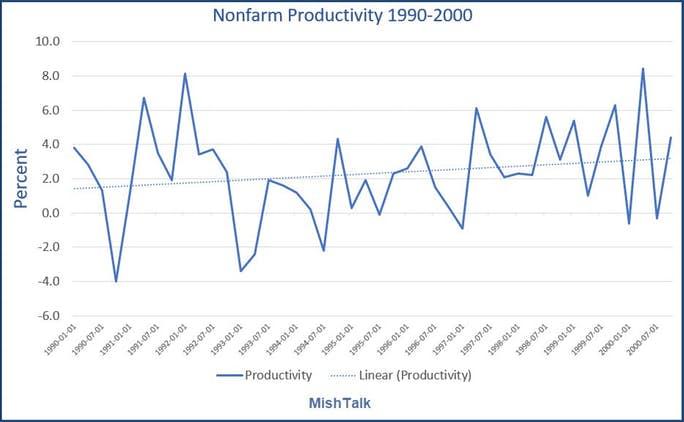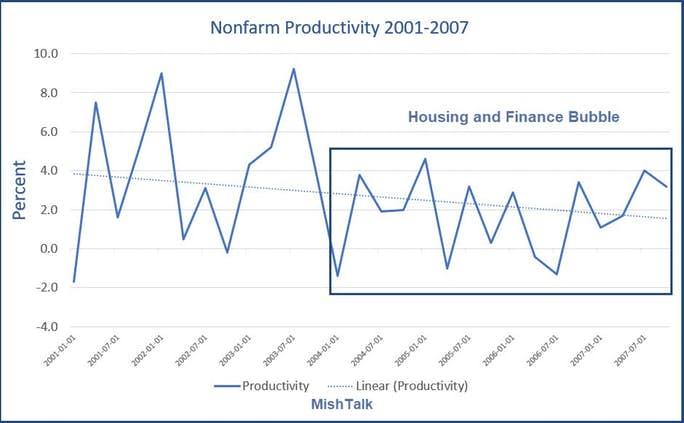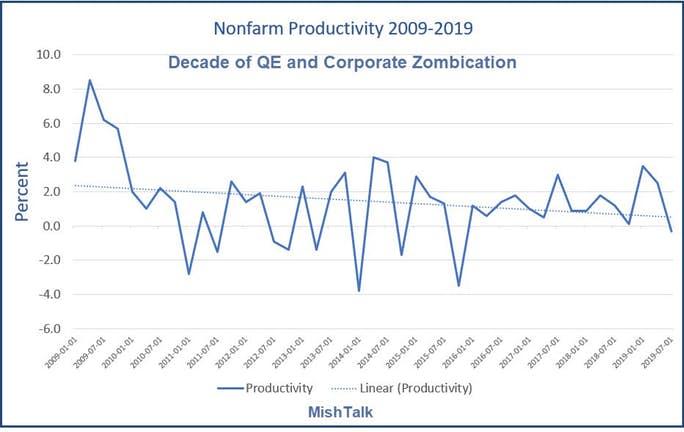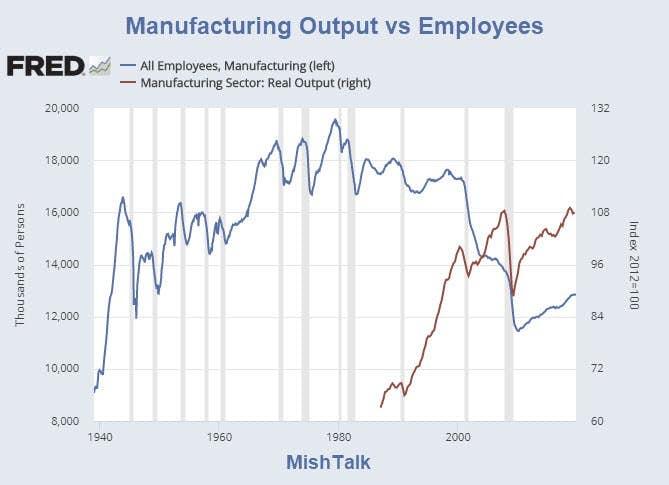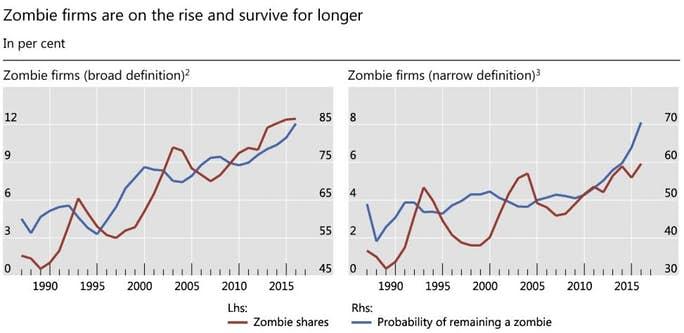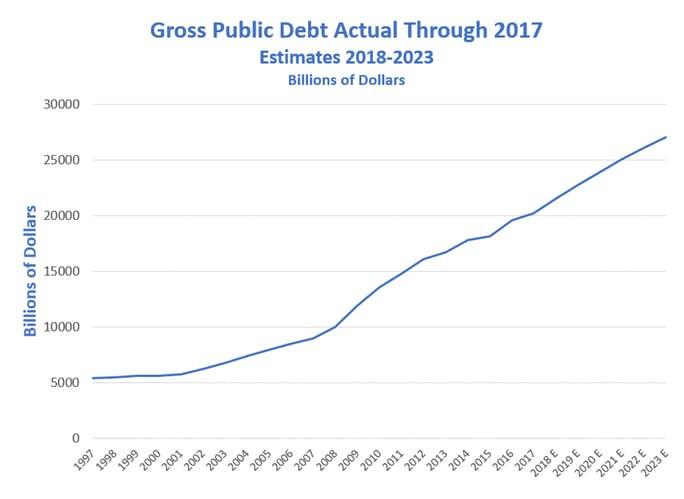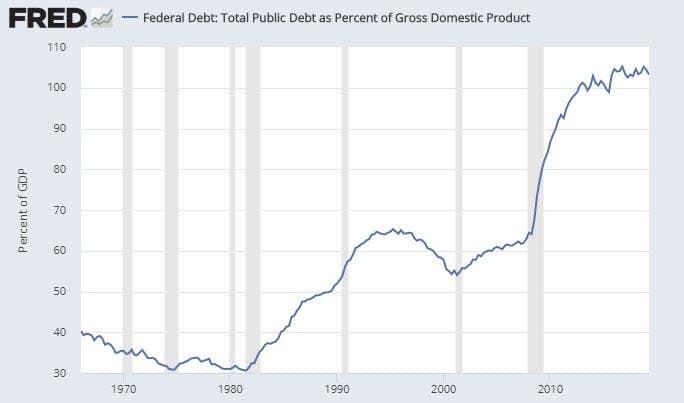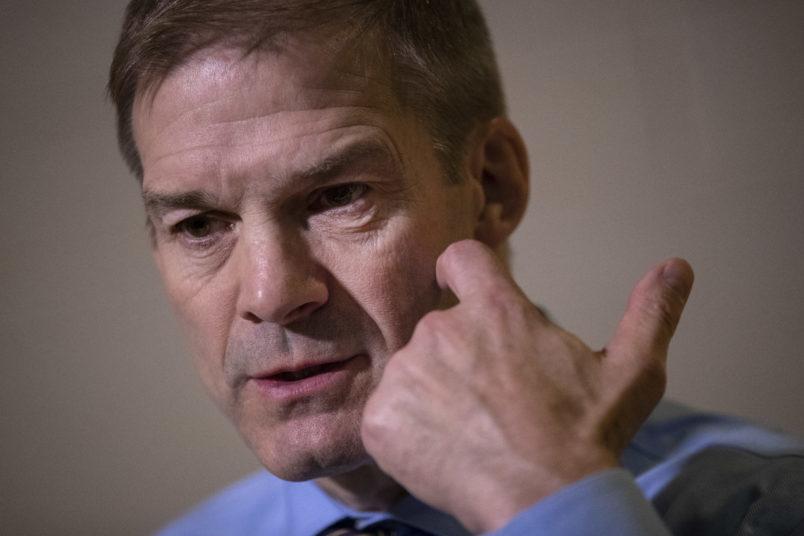“The World Could Look Like This”: Weather Channel Unveils Global Warming Apocalypse Propaganda
The Weather Channel aired its doom-mongering special: “2020: Race to Save the Planet” on November 7 giving each Democratic presidential candidate the opportunity to virtue-signal their most terrifying vision for what will happen (in just a few years) if we do nothing… and what their ‘solutions’ are.
The intro is terrifying… “…because without ‘it’, the world could look like this…”
Here’s how some of the candidates responded (via OneGreenPlanet.org)…
Bernie Sanders said climate change will hit low income communities the hardest:
”I have seven grandchildren and I don’t want to be in a position 20 years from now or have anybody in that position, to have our grandchildren say to us ‘you knew what was going on, the scientists told you, and you did nothing. and you allowed all of this to happen.”
Pete Buttigieg talked about how climate change seems far away from us, stressing the need for increased infrastructure:
“I think our imagination around climate change is confined to the North and the South Pole. But I see it happening right here in the middle of America.” When asked “What keeps you up at night?” Buttigieg said, “that we will sleep through the critical moments on dealing with this issue.”
Elizabeth Warren talked about manufacturing and how climate is “intertwined around the world,” and our infrastructure needed to be “more resilient.”
“As people lose access to water, they will become climate refugees… and it’s true all around the world.” Warren is “worried that we’re running out of time, every time the scientists re-analyze the data it’s worse than they thought.” And on economic justice, ” 40% of this money needs to go to communities that are hardest hit.”
Cory Booker said we need to stop giving subsidies to oil companies, paid for by taxpayers.
“incentivizing what is right, not only renewable energy, but incentivizing farmers to do cover crops and things that pull carbon from the air.” He talked about the health challenges that cost “millions of dollars,” related to climate change.
Kamala Harris said climate change will, “affect all of us equally.”
“The UN has told us that in 12 years if we do nothing it will be irreversible, the chance of the harm, so we cannot afford the cost of doing nothing.” Harris said that instead of “studying” communities that are impacted, she would “have them at the table creating the plan.”
Be afraid, be very afraid
All of which fits perfectly with a recent essay by Cynthia Chung, via The Strategic Culture Foundation, who questions the so-called “Greta Effect” and asks, rhetorically, “are we really this time, for certain certain, heading for the end times?”
In a little less than a year and a half, Ms. Thunberg has garnered a great deal of media attention for her passionate pleas that the world finally take heed to the very real crisis of climate change affirming that if we fail to meet the requirements laid out for us by the IPCC we will most assuredly have no planet to live on 11 years from now. Ms. Thunberg has confidently and frequently stated this in almost every interview or speech she has made since her media blitz began.
This is of course very disturbing news indeed.
What is just as disturbing is that it is seemingly all up to the children around the world to take matters into their own hands, since all adults have apparently become the equivalent to the walking dead, with children being the supposed organisers behind these immense marches across Europe, Canada and the US, to save the planet from total annihilation. This regard for the adults in the west and their seeming encouragement of this regard of themselves is very disappointing, but hardly surprising when you realise that many of them are from the ‘Make Love Not War’ live in the moment movements from the 60s that used as one of their main slogans “Never trust anybody over 30”. Interestingly, these are the parents of the dejected youth of today, who seem to have all taught their children the same lesson: don’t trust adults. Apparently something really terrible happens to you once you turn 31 and either you have to accept the fact that you are now analogous to a sack of potatoes or maintain a 20 something year old mental state for your entire life in order to stay “relevant”.
‘Forever young’ justice warriors such as Jane Fonda are a model for us all on how to never mentally develop past the age of 30. At the age of 81, Jane has made the vow to get arrested once a week for 14 weeks until she has to film her tv show ‘Grace and Frankie’, where at that point she will have fulfilled her part in making the world a better and safer place and will have earned her entrance into sainthood. As Jane stated in an interview with Washington Post, “Greta said we have to behave like it’s a crisis…We have to behave like our houses are on fire”. Jane apparently has a strange understanding of what she would do if her house was on fire since she continues to fly frequently and supports the eating of meat, the two top “no-no’s” from Greta. Regardless, Jane is on a mission to send a message to everybody else that even though she does not follow what Greta asks, if others also do not, we will all die horrible deaths in 11 years. After all, Jane will be 92 at that point…but with the mind of a forever young 20 year old.
As Roger Hallam, co-founder of Extinction Rebellion, put it, “If we don’t work together, we are going to die together”. Bone-chilling words to be sure. The way things are going we might end up seeing baby boomer NATO Defense Ministers holding hands singing “We Are the World”, wait…that already happened in 2015.
However, it is no longer good enough to distrust anybody over 30, and those now leading the charge are just entering their teens since people in their 20s are becoming part of ‘the problem’ and are just not willing to do enough to save the planet. In a world that up until recently was obsessed with whether someone had a PhD title before they could make any public statement on the climate change subject, now could care less about academic titles and don’t even require a high school diploma to dictate world policy. Why? Well, because “all the science is already in” on climate change and now it is just about getting action done and since adults have been the problem that has got us to where we are today, it is only fitting that the children take matters into their own hands…right?
Before we dare to answer that question I thought I would share some interesting periods in history that may help provide a new perspective about the current situation we find ourselves in. Bare with me, I am past 30 years in age.
The Art of Prophesising
On January 23, 2019 Greta made the prediction: “The date is January 23, 2031. The world has just ended. No humans are left on the planet once known as ‘Earth’ ”.
Have we really come to a point where we are at the brink of the end times? I have spoken with a great many people who believe this to be the case. Whether they believe it will be in 11 years or 50 years, the consensus among the many is that we are certainly approaching the end of the world, something that used to be associated to the crazy guy who pulled out all his teeth so they could no longer hear his thoughts, holding up the sign “The End is Nigh” and babbling apocalyptic lines from the Book of Revelations…now the majority of us would look at that guy and say “You know, I think he has a point.”
But in all seriousness, are we truly living in the darkest period of humanity’s existence?
I will come back to that question because I truly do not take it lightly, but it should be known that there is not only a long list of false prophecies for the end of the world that had massive followings throughout history, but there are a lot of parallels to those periods and to that of our present day.
In 1345 the biggest financial collapse of history hit Europe. Food became increasingly hard to come by and water sanitation could not be maintained. It was not long after that the plague, carried by ships travelling from Asia, consumed a vulnerable Europe. During this time, many cities suffered up to a 50-70% mortality rate, killing much of the very young and old.
Many thought this to be the end of the world. There was no seeming solution to the problem and many believed that they were either being punished or had been abandoned by God, and since their condemnation seemed certain, took the path of living in the most hedonistic lifestyles imaginable as death and despair surrounded them. Others tried to buy their entrance into Purgatory with “indulgences” issued by the Church (somewhat reminiscent of today’s purchasers of carbon offsets). The basic idea was that one could reduce the amount of punishment one would undergo for committing a sin in exchange for money. This gave individuals, who could afford it, a way to partake in this end of world orgy-fest while avoiding their soul’s eternal damnation, or at least so they were told.
Others took matters a little more into their own hands to make it right with God. They set out onto the streets whipping themselves profusely. It was thought that if they punished themselves God would spare them from the plague, while others who had already contracted it thought it would move God to take the sickness back. These were known as the Flagellants, and they had a very large following. Later on they would blame the Jewish people for God’s wrath and resorted to the slaughter and burning alive of these groups of people in the hope that God would finally relent.
Another interesting period to take note of was during the Roman Republic. One of the most illustrious positions that one could hope for, outside of being Consul, was to be an Augur. This was an incredibly prestigious position within the Roman government that was usually assigned for life. An Augur was basically the interpreter of ominous and fortuitous signs, which included interpreting animal entrails (considered an exact science at the time), behaviour of birds and so forth to dictate future policy of the Republic.
There was also the period between the 4th and 5th Crusade known for its ‘Child Crusaders’. According to George Zabriskie Gray’s research on this subject, in 1212 a twelve year old boy named Stephen, from the village Cloyes in France claimed he had been selected by God to lead a Crusade of Children to rescue the Holy Land. He would recruit 30, 000 children to join him. Around the same time, a 10 year old boy named Nicholas, from Cologne, would also begin to preach and recruit children for the same mission. He too claimed that he had been selected by God and recruited a following of at least 20, 000 children. What little is known of the fate of these children is that the majority of them died of either starvation, were murdered or sold into slavery. Of the few thousand that actually set sail for Palestine, it is not known what happened to them, but only that they never arrived to the Holy Land.
And the list of examples goes on…
In Praise of Folly
So what is the point of all this? I think it is useful for us to have a memory of our past folly. And I think we are in the greatest danger of committing folly when we forget the foolish whims and beliefs of the past that were not just based on religious misconceptions but also on misconceptions of what passed for ‘science’. I think it is very dangerous when a population cannot even remember its recent ecstasies in folly in end of world prophecies such as the Y2K scare only 20 years ago, with a massive following of believers who were prepared for end times. This was a subject that was constantly being talked about on mainstream media and even by the governments of countries, President Clinton being no exception.
I think it is also very dangerous when there are absolute statements made such as “all the science is in” on a subject. Climate science is a relatively new science, and an extremely complicated one with many unknown variables. It is interesting that a group of scientists in this field have claimed that they know everything there needs to be known on this subject, when I don’t think we can say that for any other subject in the sciences to this date. Either climate science is far more simple than we thought or we are skipping steps.
What is also concerning is that although this grouping of climate scientists speak with such certainty about what the climate will be 10 years from now and what is influencing it, they are still unable to accurately predict the weather 2 weeks from now (let alone when a cold or hot front will be entering a region months or years from now). Meteorologists admit that their forecasts are at best an “educated guess” from measurements they take in change of atmospheric pressures. This does not even take into account the role of the Sun, which is an obvious contributor to global climate cycles, nor other factors within our galaxy such as supernova emissions of radiation and cosmic rays. Yet despite this lack of understanding we can be certain that climate scientists can with confidence predict the climate trend of the WORLD 10 or even 50 years from now!
We are told that the climate is completely chaotic now and unpredictable but moving towards a measurable point in the future. This confident prediction is being calculated by super computers. Computers that are ultimately limited to their programs’ parameters and variables. It is claimed that these computers can ‘learn’, can ‘problem solve’, but it still is operating within a human-made program and is thus limited to the assumptions of that program. A computer cannot decide to start taking into account the Sun’s role in climate change for instance. It does not even have a concept of what the Sun is. There seems to be an almost mystical faith being put into these super computers, likened to a shaman who shakes a bag of bones and dumps its contents out to form some random pattern that somehow will reveal our fate.
How can a computer have all the answers when we don’t even know all the variables let alone how they interact in order for it to calculate the outcome years from now? Well the answer is we obviously can’t. It is not an accurate prediction. Just like the Y2K scare.
I would further add that when a movement forms vehemently asserting that the end of the world is nigh, that is a reflection of the breakdown of that society. It is a reflection that the people of such a society no longer have faith in that society’s fitness for survival. I think it is no coincidence that the leading nations supporting the prophecy of Greta are largely first world western countries, countries that at one time enjoyed the highest standards of living but now are experiencing decay and economic collapse.
There are already answers to the clean energy crisis. Namely nuclear power, with fission power (and soon fusion) not only being the cleanest forms of energy but by far the most efficient and most powerful source of energy human civilization has ever had access to, making actions once impossible turn into the possible, such as long-distance space travel. The technology of the plasma torch has the capability to break down matter into its ionic components, this means that landfills could be cost-effectively broken down into their elemental forms which would thus turn them into resource mines. It is a wonder that those who seem to care so much about solving these problems never seem to bring up these very evident solutions.
So how did European civilization ultimately survive the mayhem of the Black Death? Fortunately there were those who did not believe that this was the end of the world and sought to not only rebuild but improve upon the conditions of the past. They did not believe that people needed to resort to some form of supplication to avoid the end of the world (somewhat reminiscent of today’s concept of all humans being innately polluters who must repent and minimise the negative effects of their mere existence). Rather those that brought Europe out of the Dark Ages believed that the avoidance of the end of the world could only come about through human intervention, which had the highest capacity for the good and depended on scientific discoveries that could only be brought about through the creative imaginings of an optimistic human mind.
Tyler Durden
Fri, 11/08/2019 – 13:22
via ZeroHedge News https://ift.tt/32raNYo Tyler Durden
